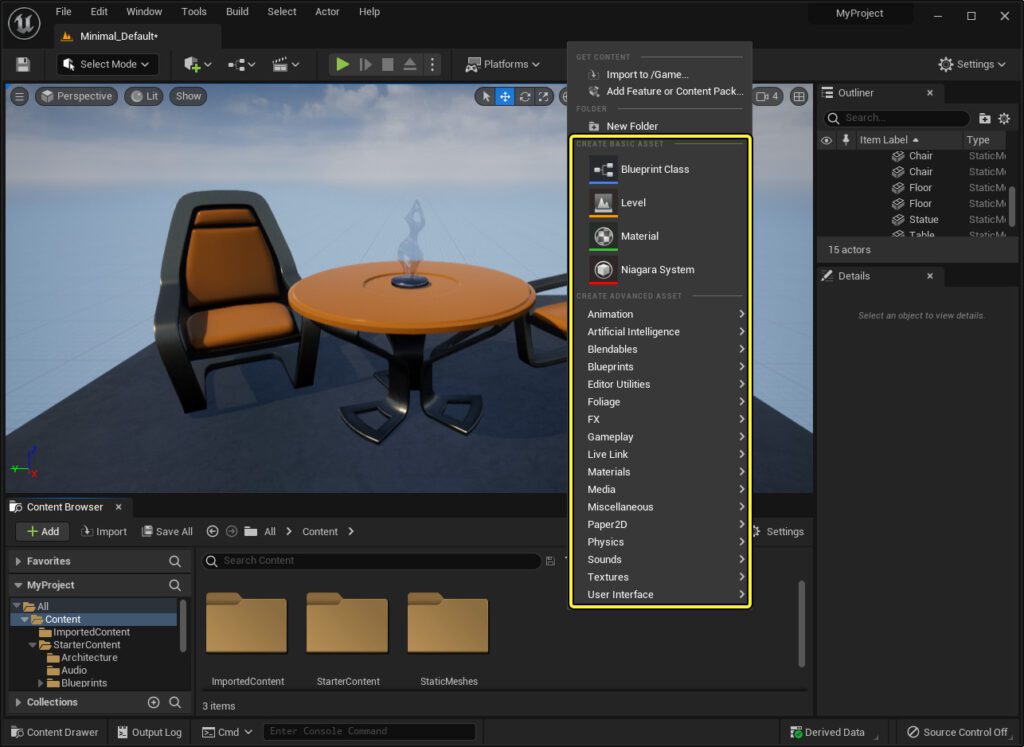Advanced software engines have revolutionized the gaming industry and enabled game developers to create immersive and realistic experiences. This article provides a guide to game development, from concept creation to publishing, with a focus on the role of game engines. The process involves creating a game design document, developing a game engine using software such as Unreal Engine and Unity, creating game assets using specialized software, programming game mechanics using languages such as C++, C#, and JavaScript, testing and debugging the game, and publishing it on platforms such as Steam or the App Store. Understanding the game development process and software engines is crucial for creating successful games.
Creating Immersive Gaming Experiences with Advanced Software Engines: A Guide to Game Development
Introduction
With the rise of technology in recent years, the gaming industry has reached new heights. The development of advanced software engines has made it possible for game developers to create immersive and realistic experiences that bring their games to life. In this article, we will explore how games are made, from the initial concept to the final product, and the role that software engines play in the process.
Getting Started
The first step in creating a game is to come up with a concept. This can be anything from a simple puzzle game to a complex open-world adventure. Once the concept has been established, the game design process can begin. This involves creating a design document that outlines the game’s mechanics, story, world, and characters.
Developing the Game Engine
After the game design has been established, the game engine can be developed. A game engine is a software application that provides developers with the tools and resources needed to create a game. There are several game engines available, including Unreal Engine and Unity. These engines provide developers with a variety of features, including 3D graphics, physics engines, and audio tools.
Creating Assets
The next step in the game development process is to create the game assets. This includes 3D models, textures, animations, and audio files. These assets are created using specialized software, such as Blender or Maya, and are then imported into the game engine.
Programming
Once the game assets are in place, the programming work can begin. This involves writing the code that controls the game’s mechanics and interactions. The programming language used will depend on the game engine being used, but popular options include C++, C#, and JavaScript.
Testing and Debugging
Once the game has been programmed, it is time to test and debug. This involves identifying and fixing any bugs or glitches in the game. Testing is an ongoing process throughout the development process, and it is important to ensure that the game is thoroughly tested before it is released.
Publishing
When the game is complete, it is time to publish it. This involves releasing the game on a platform such as Steam or the App Store. Before the game can be released, it must be approved by the platform’s developers, who will ensure that it meets their quality standards and is free from bugs or glitches.
Conclusion
In conclusion, creating a game involves a complex and multi-step process that requires creativity, technical expertise, and attention to detail. However, with the help of advanced software engines, game developers can create immersive and realistic experiences that engage and delight players. Whether you are an aspiring game developer or a seasoned professional, understanding the game development process and the role of software engines is essential to creating successful games.
